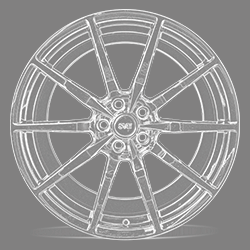You guys.... you're joking, right? 
Honestly, it is hard to read humor or sarcasm in posts sometimes. But really, those +10.5° caster numbers are pretty extreme. The amount of weight jacking you'll see at those wild caster settings is off the charts.
As with anything, "too much can be a bad thing". There is a point of diminishing returns on caster, as there is with any setting. We've done a lot of testing on a lot of cars and a good rule of thumb is 6 to 7 deg of positive caster is about all you want. A leading IndyCar designer clued me in a few years back that this number works on a lot of different cars and suspension types, too. Any lower and you don't have a good dynamic camber gain. And more and you get too much and also massive weight jacking across the front axle the more you turn the wheel.
I used to go as high as +7 or even +8 deg caster but beyond that weird things happened, and even that was compromised. About 2 years ago
we built a car that was for a magazine shootout (
Grassroots Motorsports $200X Challenge), which has a $2K budget and encourages weird swaps, handmade custom parts, and lots of second hand things). We started with a $500 BMW E30 and swapped in an LSx V8 from a truck, then built the car around some $200 circle track 15x10" wheels, which used a GM 5-bolt pattern. Anyway, to get rid of BMW 4-lug hubs and crappy front struts we went with the front suspension from an E36 BMW. "It all bolts in" they said on the internets. Wrong. It made for a staggering +15° of caster when we put the "recommended" parts together. We spent weeks chasing down alternate BMW lower control arms, spindles, making massive strut tower mods, custom camber plates and lots of mock-ups.... all with used/cheap/free parts to stay within budget. With a lot of custom work (which we perfected the next year for the $2011 Challenge) we got the caster down to +6°, and the car was much easier to drive. And we won the entire event almost solely based on our dominant autocross times.
Left: Perfecting the set-up at a private test day a week before the $2011 event. Right: Our car was fastest in the autocross at the $2011 Challenge
In the end we cut up the strut towers and made a custom camber plate to LOSE as much positive caster as we could. It handled like a piece of dung at +!2 deg when we did an early test, but after we got it down to +6 deg caster and the car handled like a dream, and was even a road course terror. Can you imagine getting passed in your TTA Corvette by a $2000 sh!tcan like this? This car bruised some egos, heh.
Testing the car at a NASA TT event, getting stuck in TTU class due to the low weight and high power this crapcan made - on the cheap!
We later cleaned up the car a bit, put some nicer struts/wheels/motor in the car and sold this $2011 car as a track beast for $18,000, which was a record for any GRM Challenge winner. The car made it on the cover of GRM and was featured in several articles, too.
Anyway... massive tangent, but my point was:
too much caster is a bad thing. The internet, as always, is full of questionable data... so
don't take my word for it - just as I doubted the IndyCar chassis designer, I tested this myself, and measured the weight jacking effect.
It was eye opening and he was right. You can measure how much ride height change happens side to side with caster... go turn the steering wheel full lock and check your inside and outside front ride heights. They can be as much as 3" of ride height jacking, side to side during a lock to lock steering sweep, with that much caster. This is bad. This makes the front induce lean
in the suspension geometry.
Anyway... if yall were joking about those numbers, and this is old hat, just ignore my post.

We make camber/caster plates and have tested more alignment specs on track, in autocrossing, and more - probably more than you would ever want to see in 25 lifetimes. My advice is:
If you can get your S197 to +6° caster, that's enough - leave it there and then work on getting to the
ideal negative camber for track use
, which is usually more than you think you need
. This "lower" caster setting recommendation gives you the most negative camber travel (due to the round strut tower hole), which is what is really important in the S197 chassis.
Our Vorshlag plates always get set at the LEAST caster setting, as shown above
We make our camber plates with added caster adjustments because, well, because
people demand it. Doesn't mean you should use more than the "centered" or "least caster" position on our plates. That's all we EVER use in our cars. And, well... we have a very good handling Mustang. We set two more track records yesterday, for a total of 6 records in this car below so far this year.
Again, you can use whatever caster settings you want, but if you are going to go far outside of recommended ranges, as given by suspension designers and/or people racing and winning in the same car you have, please... test test test.
edit: wow, on reading that post I sound like I think I am a know-it-all. I'm really not, just sharing what I know and what we've found to work best. YRMV
Cheers,


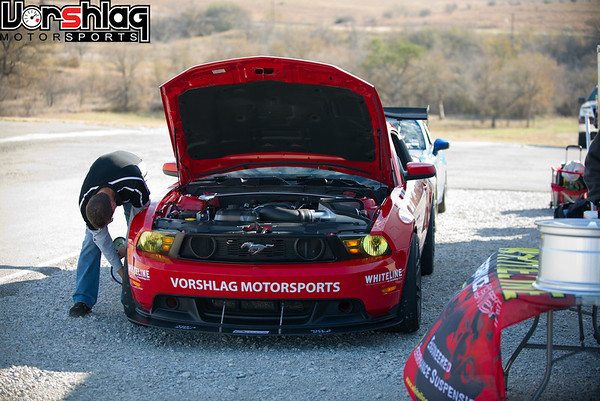


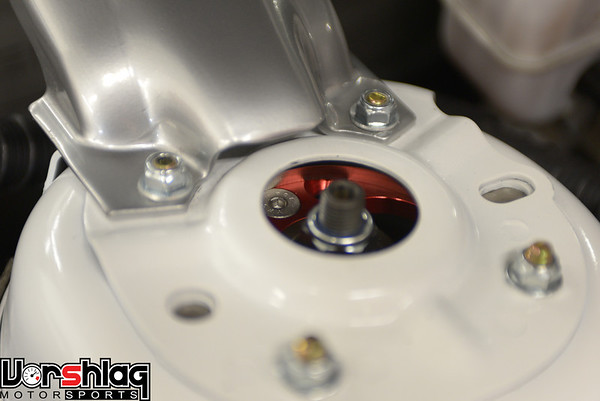
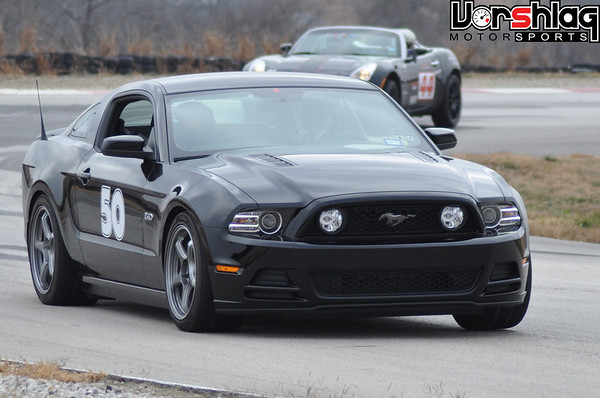

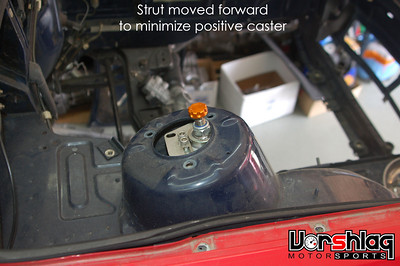
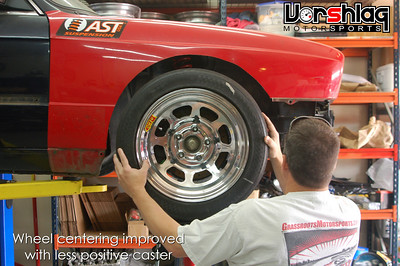
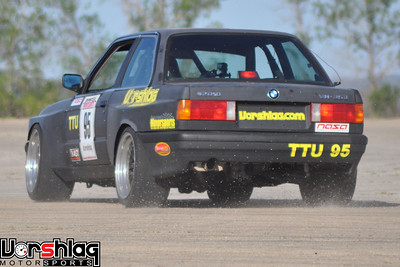
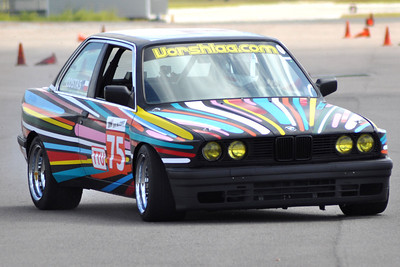
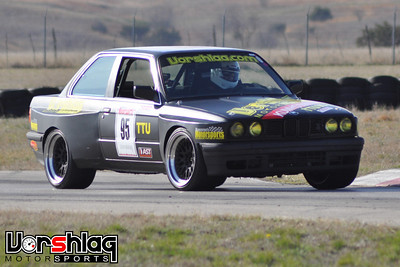
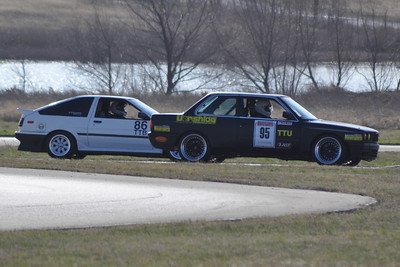
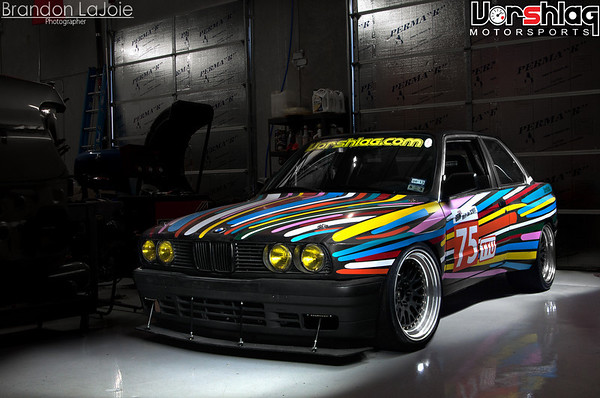
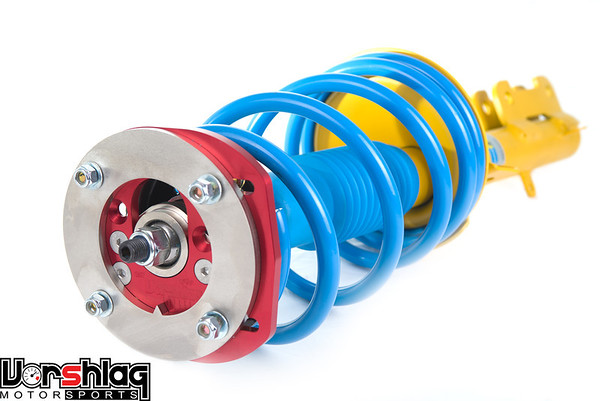
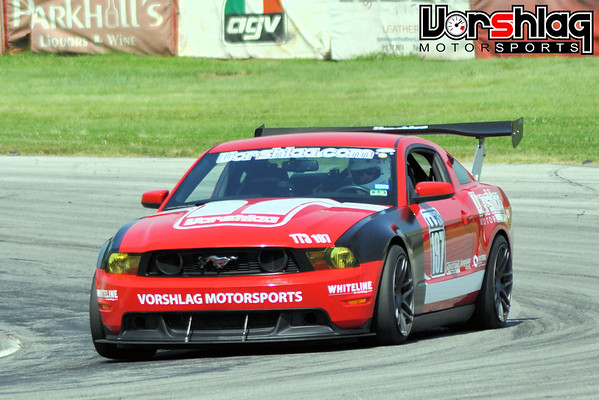

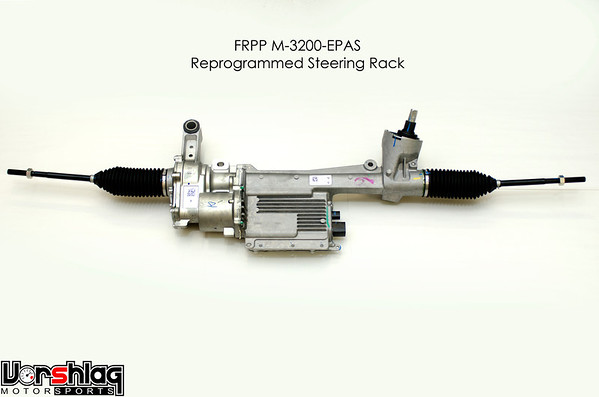
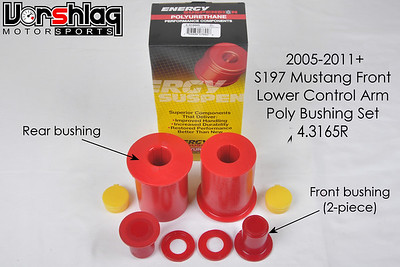


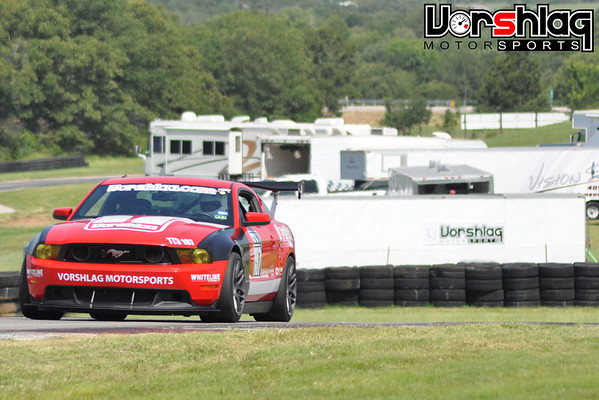
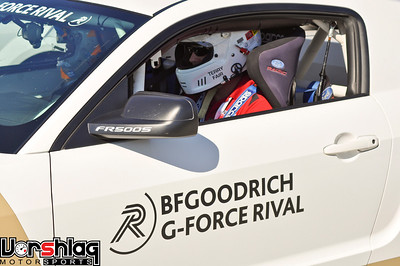
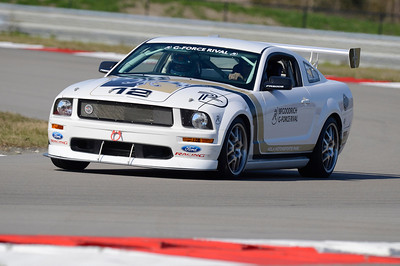
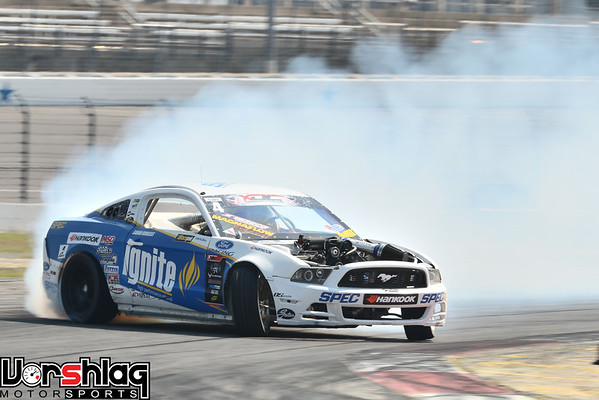
 I don't know what I was thinking (or not thinking), I'm only running somewhere in the 7deg range of caster. I can't remember exactly what it is. I just maxed out what I had for adjustment then evened the two sides up.
I don't know what I was thinking (or not thinking), I'm only running somewhere in the 7deg range of caster. I can't remember exactly what it is. I just maxed out what I had for adjustment then evened the two sides up.